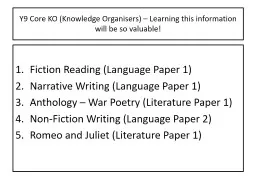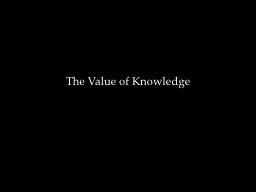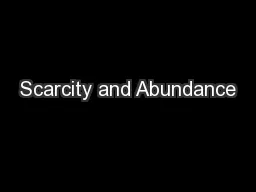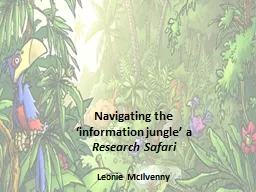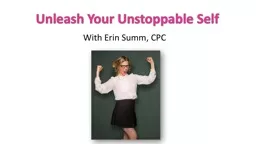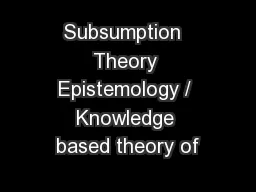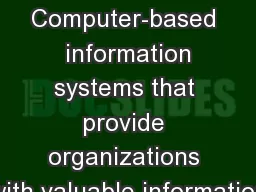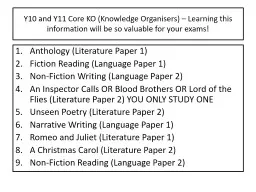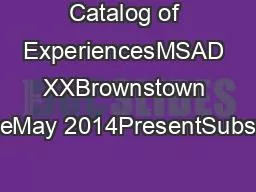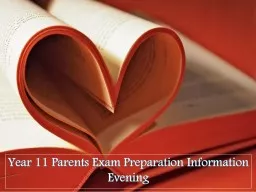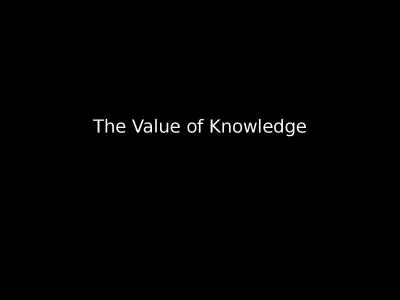PPT-Y9 Core KO (Knowledge Organisers) – Learning this information will be so valuable!
Author : olivia-moreira | Published Date : 2019-01-23
Fiction Reading Language Paper 1 Narrative Writing Language Paper 1 Anthology War Poetry Literature Paper 1 NonFiction Writing Language Paper 2 Romeo and Juliet
Presentation Embed Code
Download Presentation
Download Presentation The PPT/PDF document "Y9 Core KO (Knowledge Organisers) – Le..." is the property of its rightful owner. Permission is granted to download and print the materials on this website for personal, non-commercial use only, and to display it on your personal computer provided you do not modify the materials and that you retain all copyright notices contained in the materials. By downloading content from our website, you accept the terms of this agreement.
Y9 Core KO (Knowledge Organisers) – Learning this information will be so valuable!: Transcript
Download Rules Of Document
"Y9 Core KO (Knowledge Organisers) – Learning this information will be so valuable!"The content belongs to its owner. You may download and print it for personal use, without modification, and keep all copyright notices. By downloading, you agree to these terms.
Related Documents

